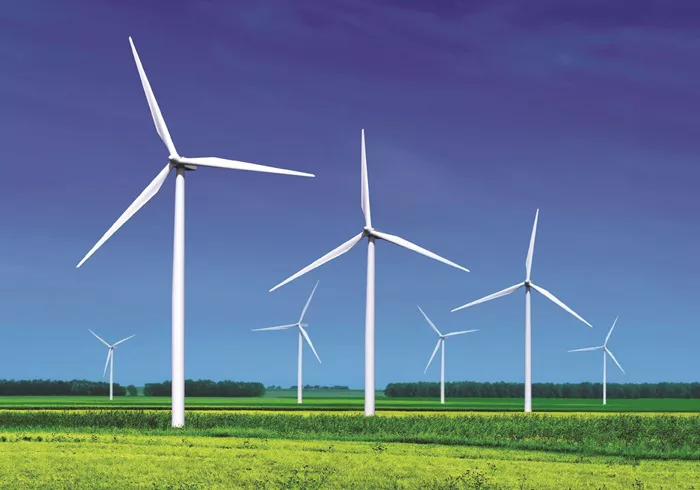The global wind turbine generator market is expected to grow significantly in the coming years, increasing from $23.6 billion in 2024 to $39.9 billion by 2034. This represents a compound annual growth rate (CAGR) of 5.4%, according to a new report by Fact.MR.
The rising demand for renewable energy, especially wind power, is a key factor behind this growth. As the world shifts toward greener, more sustainable energy sources to combat climate change and reduce greenhouse gas emissions, wind energy is becoming a central part of the global energy transition. Governments, businesses, and consumers are increasingly supporting the use of wind power as a cleaner energy alternative.
Stability of Fuel Costs and Low Operating Expenses Drive Wind Energy Adoption
Wind energy offers significant advantages, particularly in terms of cost. It provides stability in fuel prices since wind is a free resource. This results in electricity being produced at a fixed price for up to 20 years, making it an attractive option for energy generation. Additionally, technological advancements and government incentives, such as the production tax credit, have helped reduce the costs of wind power generation. As a result, operational expenses for wind energy are much lower compared to traditional energy generation methods.
Wind turbines are relatively low-maintenance during their lifetimes and can operate independently, reducing ongoing operational costs. While the initial investment in wind turbines is high, their ability to generate cost-effective electricity means that turbine manufacturers continue to benefit from stable demand and promising growth opportunities in the market.

